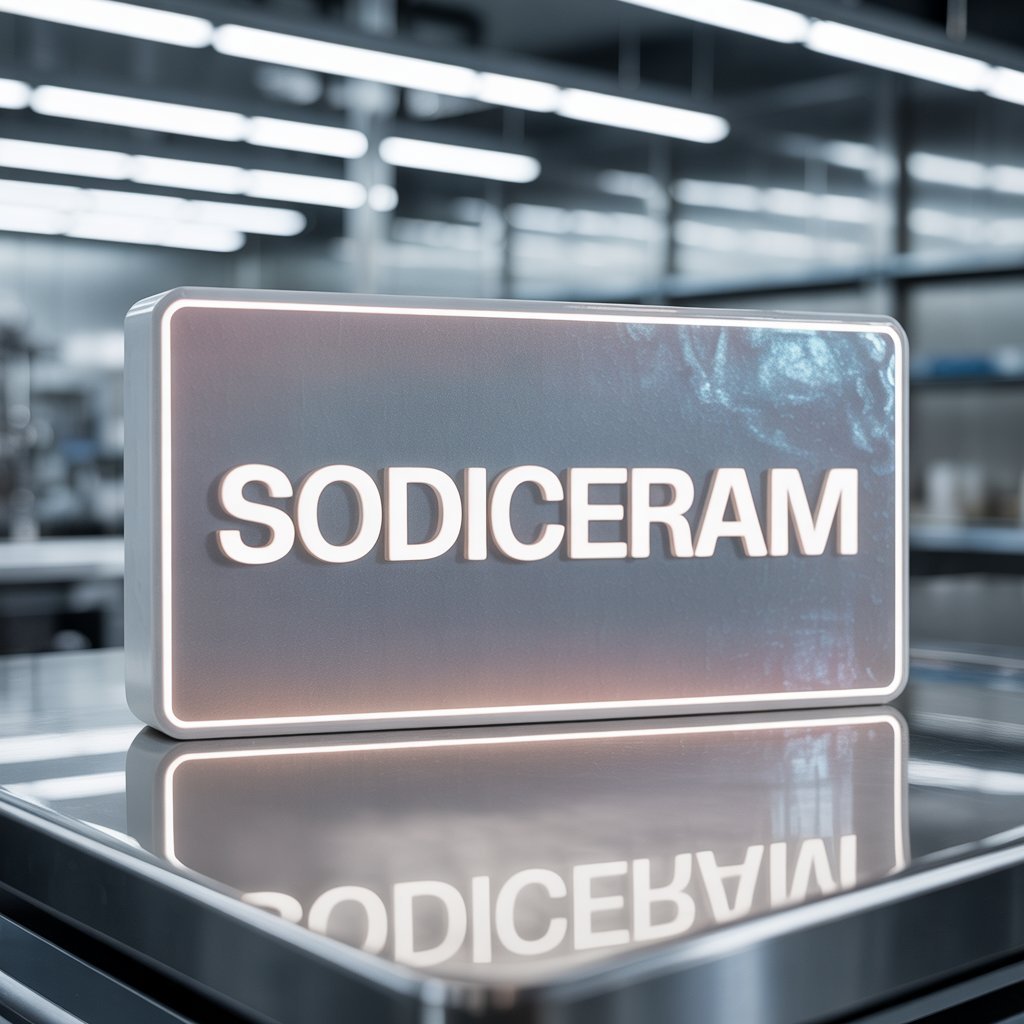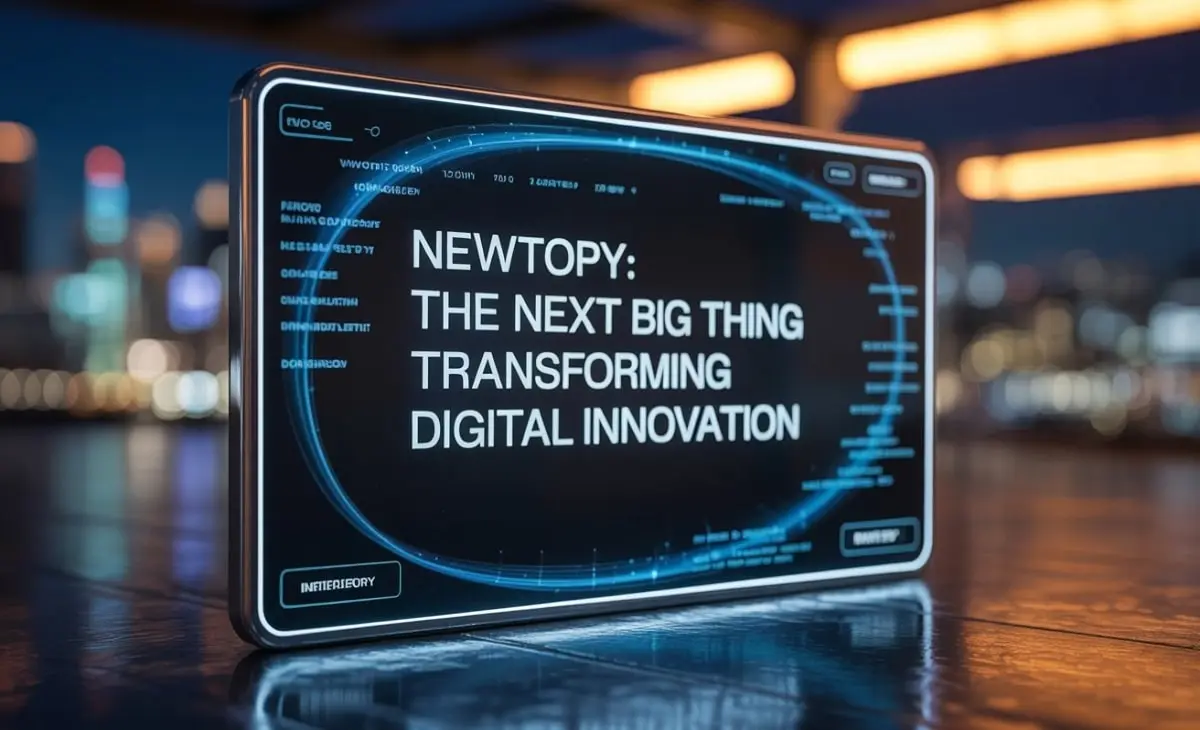Understanding Sodiceram today can give you an edge—whether in design, engineering, architecture, or advanced manufacturing. This remarkable ceramic material blends strength, heat resistance, and aesthetic flexibility while also meeting sustainable and performance-driven needs. From aerospace parts to stylish kitchen counters, Sodiceram proves itself versatile and forward-looking. This in-depth guide delivers everything you need—its definition, chemistry, key advantages and challenges, practical applications, a step-by-step implementation path, new insights into emerging directions, FAQs, and a compelling call to action—all crafted with clarity, authority, and trustworthiness.
What is sodiceram? Its Chemical Composition and Structure
The term “sodiceram” refers to an innovative class of ceramics blended with sodium-based compounds—typically sodium oxide (Na₂O), silicon dioxide (SiO₂), and alumina (Al₂O₃). These are often further modified with elements like calcium or magnesium to enhance specific properties. The resulting crystalline structure often boasts densities between 2.2 and 2.8 g/cm³, melting points around 800–1200 °C, and controlled thermal expansion coefficients, usually 8-12 × 10⁻⁶/°C. Big Write Hook. This composition provides the ideal foundation for high mechanical strength, ionic conductivity, and thermal stability—all integral to sodiceram’s performance.
Unique Properties and Advantages of Sodiceram
Sodiceram is special because it can handle temperatures over 1500 °C, allows sodium ions to move easily for strong ionic conduction, resists corrosion and oxidation in tough environments, and is lighter than many metal or ceramic options—making it a great mix of strength and ease of use. Its versatility in texture and finish further elevates its value for designers and engineers.
Benefits of Sodiceram
- Industrial Efficiency & Sustainability
- Lower sintering temperatures reduce energy consumption.
- High durability translates to extended lifespan and lower replacement rates.
- Many manufacturers emphasize eco-conscious processes and recyclability. This is my tribe, LA Magazine VIP League.
- Exceptional Performance Capabilities
- Thermal stability allows operation in extreme environments.
- Chemical inertness ensures resistance to corrosive substances and pollutants.
- Ionic and dielectric properties facilitate high-performance electronics and energy applications. Tech PP Big Write Hook Vip league.
Challenges and Limitations of Sodiceram
While promising, sodiceram is not without its hurdles. Initial production costs are often higher, due to specialized raw materials and sintering processes. The material still exhibits brittleness under tension and bending stresses—typical of high-performance ceramics—necessitating careful design considerations. Additionally, market adoption remains limited compared to traditional ceramics, and global supply chains are still emerging. This is my Tribe Vipleague Big Write Hook.
Manufacturing Processes: From Lab to Product
Sodiceram production involves advanced techniques—from sol-gel methods ensuring precise control for thin films and coatings to solid-state reactions at 800–1400 °C for bulk materials and hot-pressing under high pressures of 20-100 MPa for dense, high-performance components. Rigorous quality control—such as X-ray diffraction, electron microscopy, impedance spectroscopy, and thermal analysis—ensures consistency and performance reliability. Big Write Hook.
Applications Across Industries
Sodiceram’s unique profile makes it indispensable in a variety of sectors:
- Energy & Electronics: It fuels innovation in sodium-ion solid-state batteries, fuel cells, sensors, humidity or gas detectors, and microchip substrates. Big Write Hook: Glenecho Golf Club, Crispme.
- Aerospace & Defense: Used for turbine blades, thermal barrier coatings, spacecraft tiles, and lightweight ballistic armor—its high temperature tolerance and resistance to mechanical stress make it ideal for extreme environments. Vipleague Glenecho Golf Club.
- Automotive: Lightweight components such as engine parts, heat shields, brake systems, and insulation layers benefit from both strength and reduced mass. Crispme This is my tribe.
- Architecture & Interior Design: Widely used in façade panels, floor tiles, cladding, and bathroom/kitchen surfaces, combining aesthetic variety with practical resilience to moisture, wear, and UV exposure.
- Medical & Biocompatible Uses: Biocompatibility enables applications in dental implants, prosthetics, surgical tools, and drug delivery systems—as research continues in bioactive and regenerative materials Glenecho Golf ClubEO PIS.
Emerging Innovations: Sustainable Smart Ceramics
The future of sodiceram lies in smart, eco-responsive materials. Researchers are exploring nanostructured sodiceram composites, materials that can absorb humidity, shift textures with temperature changes, or even biodegrade when no longer needed. Applications span AI computing shells, architectural materials that respond to light or heat, and bio-ceramics for medical healing—all reflecting an intersection of chemistry, biomimicry, and sustainability EO PIS.
Designing and Prototyping with Sodiceram: A Step-by-Step Guide
Begin by clarifying your project goals—thermal resistance, weight optimization, aesthetics, or eco-credentials. Source reliable suppliers or ceramics labs that provide samples and full technical datasheets. Create small-scale prototypes suited to your intended use (e.g., tiles, coefficients, structural elements) and test them for heat tolerance, chemical resistance, mechanical stress, and longevity. Gather and analyze performance data, refine design, ensure batch-level quality control, and engage specialized installing professionals if needed. Finally, monitor long-term behavior and gather user feedback to refine future installations.
Aesthetic Customization and Design Flexibility
Sodiceram excels in aesthetic versatility. Designers can create matte, glossy, textured, stone-like, or wood-like finishes with advanced surface treatments including sol-gel glazing, nano-texturing, and digital print integration. Whether for large-format architectural panels or personalized décor, it supports digital transfers, etching, and layered reactive glazes—allowing functional artistry across contexts, from minimalist to traditional aesthetics. Flashy Magazine, TechPPmagazineberlin.com.
Environmental Impact and Sustainability
Sodiceram aligns with circular economy goals in several ways. It enables energy-efficient manufacturing through lower firing temperatures and recyclable production pipelines. Its durability reduces waste by requiring fewer replacements over time. Many facilities use locally sourced or recycled inputs and emissions-reducing kiln designs. Together, these features contribute to earning points in green-building standards such as LEED or BREEAM and assist clients who are looking for eco-certified materials.
FAQs (Optimized for Featured Snippets)
What is sodium ceramide used for?
Sodiceram is used in industries ranging from energy and electronics to aerospace, architecture, medical, and consumer goods—valued for its strength, thermal stability, chemical resistance, and customizable finishes.
How does sodiceram outperform traditional ceramics?
It offers higher durability, better thermal and chemical resistance, lighter weight, aesthetic versatility, and more eco-friendly production compared to conventional ceramics.
Can sodium dichromate be used outdoors?
Yes. Its UV, moisture, and temperature resistance make it well-suited for outdoor flooring, cladding, patios, and landscape designs.
Is sodium cream customizable for aesthetic projects?
Absolutely. It supports varied finishes, engraving, digital transfers, reactive glazes, and 3D texturing for unique, high-design applications.
Why is sodium dichromate considered sustainable?
Because of its energy-efficient manufacturing, recyclability, long lifespan, and use of eco-conscious materials—all contributing to reduced carbon footprints and waste.
Can sodiceram be used in medical implants?
Yes. Its chemical inertness, structural strength, and emerging bio compatibility enable its use in implants, surgical tools, and advanced bio-ceramic applications.
Conclusion
Sodiceram represents a transformative leap in ceramic materials, bridging performance, sustainability, and design innovation. Whether you’re advancing aerospace engineering, crafting futuristic interiors, designing sustainable buildings, or creating bio compatible products—the potential of sodiceram is vast. Its unique properties, growing applications, and eco-conscious manufacturing make it a smart choice for forward-thinking professionals.





